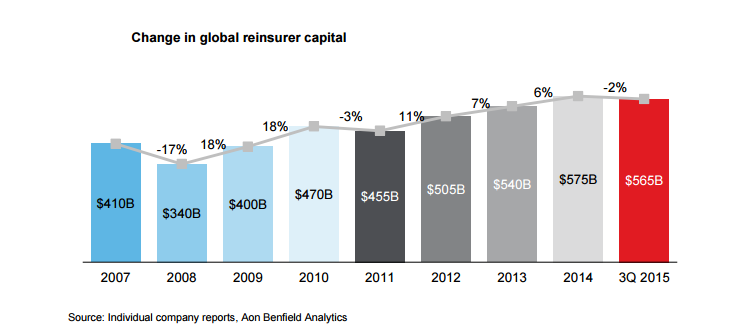Facultative Reinsurance
What is Facultative Reinsurance?
Facultative reinsurance is the insurance coverage bought by a company to avoid a solitary hazard or a square of dangers held in the main guarantor's book of business.

It is a type of reinsurance where every introduction the surrendering organization wishes to reinsure is offered to the reinsurer and is covered in only one exchange. The accommodation, acknowledgement, and the consent between the parties is required on every single risk that the surrendering party is trying to reinsure.
The surrendering organization arranges an individual reinsurance understanding for each policy which it will reinsure. But even after that, the reinsurer does not have to acknowledge all submissions. Facultative reinsurance is generally the least complicated path for an insurer to acquire reinsurance security. These kinds of strategies are usually flexible and can be altered in accordance with the situation.
Understanding the Process of Facultative Reinsurance
Any insurance agency that goes into a reinsurance agreement with another reinsurance agency, otherwise called the ceding company, takes this action to release some portion of their risk in return for a charge. This expense might be a part of the premium the insurer gets for the same. The primary insurer that surrenders risk to the reinsurer can choose to surrender specific risks or a chunk of the same.
The type of reinsurance contract decides if the reinsurer has acknowledged or dismissed a particular risk, or if the reinsurer is bound to recognize all of them. Insurance agencies who want to surrender risks to an reinsurer might observe that facultative reinsurance contracts are costlier than treaty reinsurance.
This is because the treaty reinsurance balances a "book" of risks, which is a marker of the connection between the surrendering organization and that the reinsurer is required to be for a more extended period as compared to the situation when the reinsurer just manages one-off exchanges, accommodating single risks. While the expanded expense is an added downside, a facultative reinsurance strategy might permit the surrendering organization to reinsure the dangers it might be unable to take up.
What are the benefits of Facultative Reinsurance?
By shielding themselves against a single or a block of risks, reinsurance provides the insurer with security for its value and dissolvability. It also provides exceptional dependability in case of any unusual incidents taking place. Reinsurance permits an insurer to guarantee strategies, taking into account a larger amount of risks without unreasonably increasing the expenses of covering the dissolvability conditions. Reinsurance makes the insurer's liquid assets accessible if any unexpected loss or contingency occurs.
Talk to our investment specialist
Conclusion
Facultative reinsurance permits the reinsurance organization to perform a survey and detect risks associated, according to which they can decide the act of acknowledging or dismissing it. The gaining power of a reinsurance organization relies upon how smartly it picks its clients. In a facultative reinsurance plan, the surrendering organization and the reinsurer make a facultative agreement that certifies the reinsurer is undertaking the specified risk.
All efforts have been made to ensure the information provided here is accurate. However, no guarantees are made regarding correctness of data. Please verify with scheme information document before making any investment.






